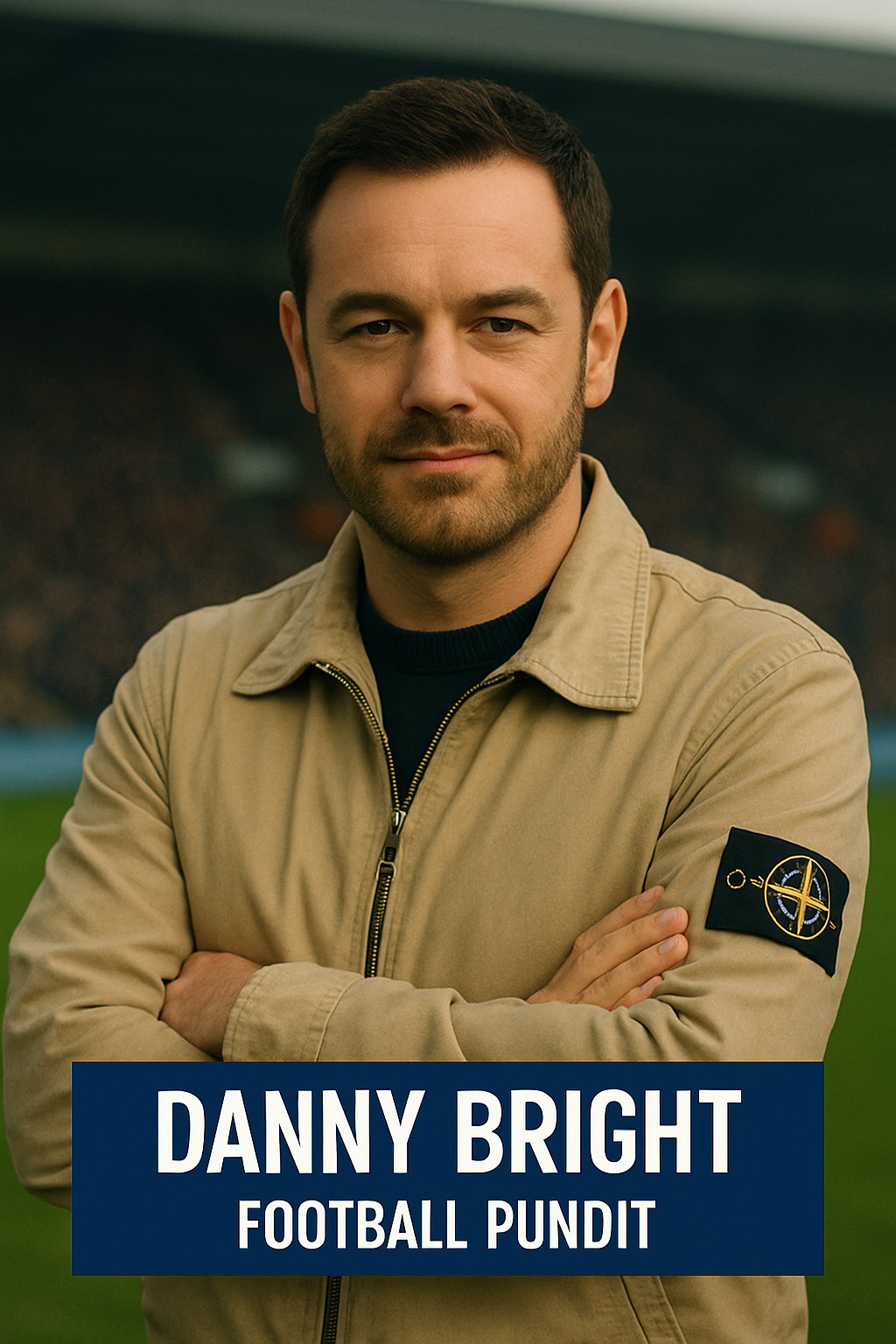Key Tactics Decided Manchester Derby Outcome - In-Depth Analysis




In the latest showdown that had all football fans on the edge of their seats, Manchester City once again showcased their dominance in a thrilling encounter against rivals Manchester United. The game ended with a scoreline that left the Red Devils pondering what went wrong and had many questioning if Ruben Amorim's tactics were to blame for the outcome.
Ruben Amorim, the relatively new manager at Manchester United, known for his meticulous approach and flexible game strategies, appeared to have gambled with a bold game plan against the formidable City side. Amorim set up the team in a 3-4-1-2 formation, aiming to solidify the defense while exploiting the width provided by the wing-backs. This was a daring move considering Manchester City's strength lies in their ability to control the game's tempo through their unrelenting possession and high pressing game.
Manchester City under Pep Guardiola is a well-oiled machine, with each player exhibiting an almost telepathic understanding with one another. The Sky Blues' approach to the game was contrastingly different. Guardiola employed his favored 4-3-3 setup, encouraging his players to maintain possession and stretch the opposition's defense, finding and exploiting gaps with precise movements and sharp passes.
The game's key features were largely influenced by Manchester City's midfield dominance, orchestrated by the genius of Kevin De Bruyne. The Belgian midfielder showcased a masterclass in football intelligence, dictating play and threading through balls that cut deep into the heart of United's defense. In contrast, United seemed to struggle with the pace and couldn't quite sync up in midfield, mainly due to City's intense press which disrupted Amorim’s strategy of quick transitions from defense to attack.
Defensively, United were caught off guard multiple times. The decision to play with a back three, including a high line against the swift City attackers like Erling Haaland and Phil Foden, proved to be problematic. Haaland, in particular, utilized his speed and positional awareness to torment United's defenders, contributing significantly to the scoreline.
Moreover, Manchester City's wing-backs continuously overlapped, adding numbers in the attack and creating overloads on the flanks. This stretched United’s wing-backs, who were already struggling to cope with their defensive duties and support attacks as envisaged by Amorim. As the game progressed, fatigue set in, and the spaces widened, which City capitalized on effectively.
Despite the tactical setup seeming flawed in hindsight, it’s also integral to account for execution by the players, which on the day, seemed to lack the sharpness and coordination required to counter City’s gameplay. Manchester United did have moments where they looked capable of pulling back, particularly when they managed to momentarily break the press and launch into rapid counter-attacks. However, these instances were few and far between, and seldom did they seriously threaten City's goal.
Critics may argue that Ruben Amorim’s tactical plan was ambitious, perhaps overly so, against a team of City's caliber. The decision to implement a three-back formation against a team that thrives on pulling defenses apart might have been a misstep. However, football is as much a game of risks as it is of tactics. On another day, the outcomes could have been different if the execution had matched the intention.
As we dissect the game, it becomes evident that while Amorim’s tactics might be part of the conversation, the sheer quality and execution by Manchester City were the defining factors of the match. Guardiola’s men were simply superior in almost all aspects of the game, from possession and passing accuracy to spatial awareness and finishing.
This result will surely be a learning curve for Amorim and his team. As they reflect on this result, adaptations and refinements will be pivotal as they continue to evolve under his leadership. On the flip side, Manchester City continues to set the benchmark, a testament to their sustained excellence and tactical ingenuity under Pep Guardiola. Looking ahead, the tactical battle between these two brilliant minds will be one to watch in future encounters.